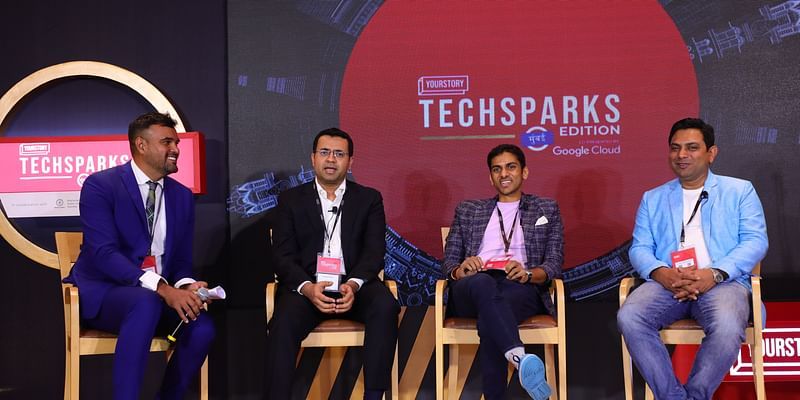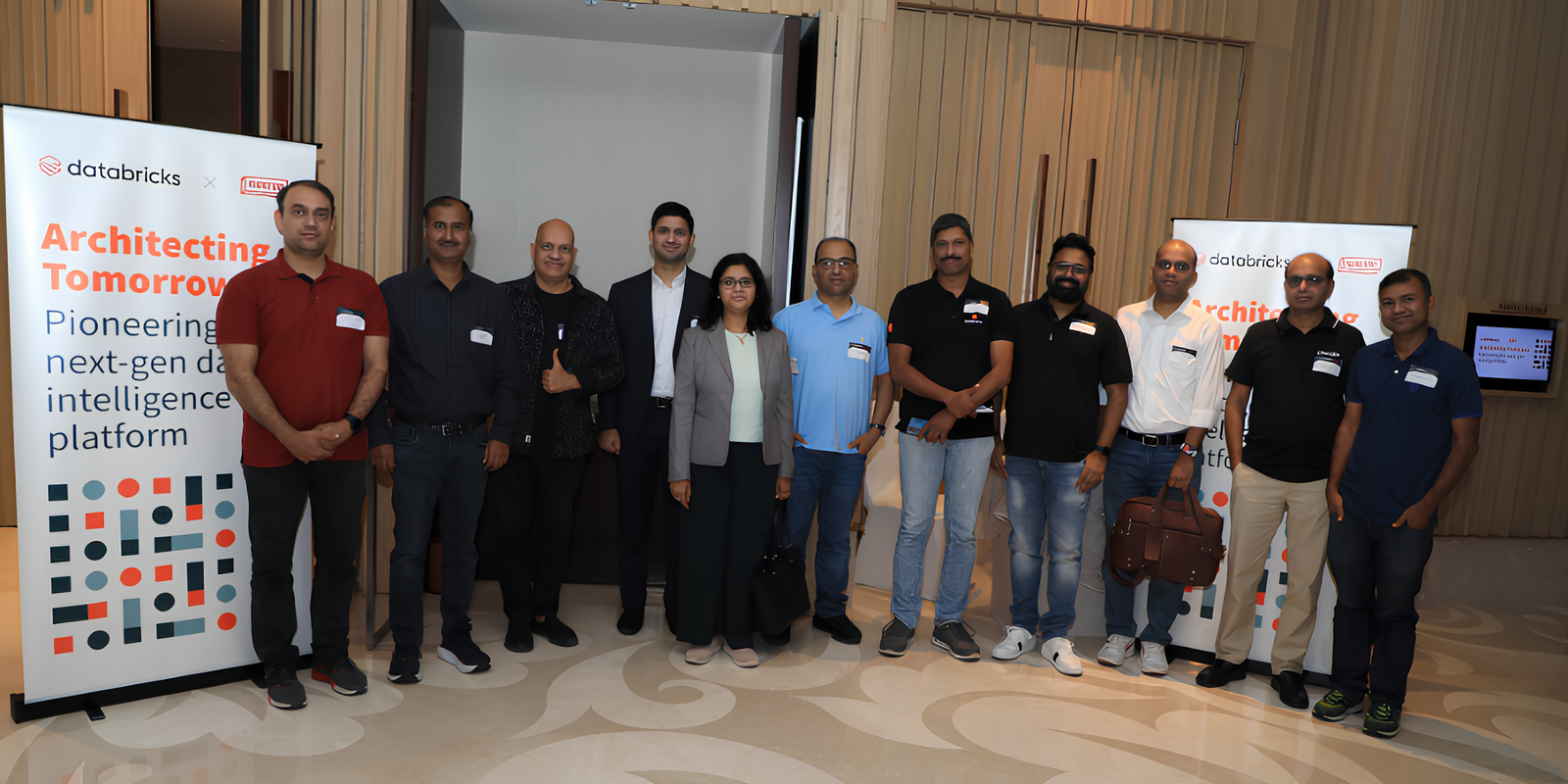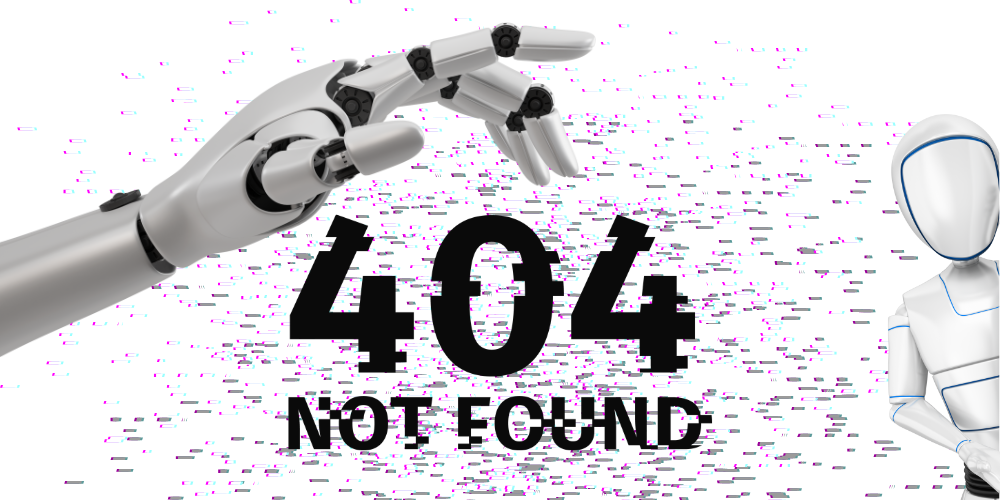Why listening to customers is key to a D2C brand’s success
At TechSparks 2023 Mumbai edition, Manish Taneja, Co-founder and CEO, Purplle; Kumar P Saha, Founder, ndhgo; and Arjun Vaidya, Co-founder and Investment Partner, V3 Ventures; shed light on D2C marketing techniques and pathways to success.
CII data states the Indian D2C market is growing at a CAGR of 40% (FY22-27P) and that the combined revenue of D2C brands is expected to hit $60 billion by FY27 from $12 billion in FY22. This massive growth can be attributed to more brands reaching customers through effective marketing and growth strategies.
At TechSparks 2023 Mumbai edition, a panel comprising Manish Taneja, Co-founder and CEO, ; Kumar P Saha, Founder, ; and Arjun Vaidya, Co-founder and Investment Partner, V3 Ventures; put the spotlight on ‘Relooking at the D2C martech playbook’ to understand marketing techniques and focus on pathways to success.
Taneja credited the D2C boom to changes and shifts in both demand and supply. On the supply side, he said the past decade had seen great infrastructural changes in the telecom sector. People in the most remote parts of the country now have access to the same content. Alongside this, logistics and technology have played a key role in lowering D2C companies’ barriers to entry.
“Brilliant infrastructure [has been] created in India and [there is] availability of capital and changing consumer demands. People want more personalised products that traditional brands were not willing to serve,” he said.
Looking back at the past 10 years, Vaidya believes the evolution of ecommerce happened horizontally, and eventually vertically. Initially, a lot of infrastructure was built on top of Amazon and Flipkart. Today, WhatsApp, automation, and technology are a part and parcel of the ecosystem.
“The wave towards ecommerce consumption started through D2C brands. In 2017-18, consumers were becoming aware. When I decided to launch my ayurveda brand Dr Vaidya's online, people [called it] insane, they said no one is going to buy ayurveda online. We started scaling slowly, the conversation started, and capital started pouring in,” he said.
Vaidya added that COVID-19 led to a huge surge in demand for D2C and brought customers who had never shopped online.
The internet explosion meant that D2C orders are no longer restricted to Tier I or II cities, but even come from Tier IV and V cities.
“It’s not about the money. We have the assumption that rural India means small ticket size, but we have seen our clients getting orders from the remotest part of the country, of the same size as metro cities,” Saha said, adding that as an enabler, ndhgo aims to help many D2C brands reach more customers. Its zero-tech model ensures that brands don’t need to focus on a tech team to manage their website.
Overcoming the challenges
When Taneja started out, he thought the ecosystem wasn’t ready. FMCG companies did not want to sell online as they felt that their products needed to be touched and felt. The second pain point was capital. Investors did not believe in vertical commerce and D2C did not exist. A change occurred when Purplle began differentiating itself from the competition in 2015 and 2016. But the company was hit by demonetisation.
“Almost 70% of our business was COD. It vanished because our customers are women and girls in Tier II, III, and IV cities and they used COD. We had to come out of [this] with very little capital in the bank. Over a period of time, you have your support system that helps you out. I think our reputation [helped us] survive all these years,” he revealed.
Vaidya said that Dr Vaidya’s was not a runaway success. The team struggled for two and a half years to reach 50 orders a day. One of the biggest challenges was to convince customers to try the products. It isn’t easy for a new brand to build trust amid competitors like Dabar, Emami, Patanjali, etc.
“We had to find a new way to engage with consumers. That was online. We got the product to consumers outside of the top 10 cities, trained ourselves to think like them, and picked up calls. The muscle gain supplement was our top-selling product but the product didn't exist till I started reading Facebook comments. All customers wanted a natural muscle gain product. Our product was a runaway success; it ultimately contributed 40% of my company's sales. So, talking to the customers really helped,” he said.
Saha believes brands must be honest with their products. Brands often spend a lot of time editing and photoshopping products, and customers end up getting a product that looks vastly different.
He also spoke about how social commerce and video commerce are gaining ground. A lot of brands are getting on one-to-one calls with customers to tell them about their products.
“Today, video content for every product is very important for D2C brands because everyone wants to know but no one is ready to read the description,” he explained. To that end, ndhgo has built an AI engine that creates video content to help brands.
As much as 80% of ndhgo’s features are based on customer feedback.
Lessons for D2C brands
Taneja said new-age D2C founders should focus on what they are good at, versus what the competition is good at. Since he and his co-founders came from Tier II and III cities, they could empathise with that customer more, while their competition was focused on metros. That became their segue into the market.
Vaidya believes that D2C brands must know the basics - have a conversion-friendly website, understand what SEO is, read the performance, marketing metrics, etc.
“The second thing is that logistics and delivery, the amount of time a customer is willing to wait, has reduced significantly. The additional time you take to deliver an order increases your chance of returns. The quicker your logistics, the faster you reach a customer. Then, there is a lot of competition in every space. So you need to find your moat, you need to find your differentiator,” he explained.
Advice for D2C entrepreneurs
Taneja thinks founders must build responsibly. They don’t have to build something right now; they can take their time. “We were not built in a day; we will not be built as an enduring company in a day or in five years. We will take 20 more years to build. But if you do 20% compounding over 20 years, you build like a $200 billion company,” he said.
Vaidya echoed the sentiment that brands must build for the long term. Founders must realise that they are building a brand that customers care about, want to engage with, and feel for. It’s more than a product. “My advice would be to forget the hacks and shortcuts. Build in the right way so that customers actually care about your brand,” he said.
Saha ended by saying that brands need to focus on their core; for barriers like tech, they can get partners.












